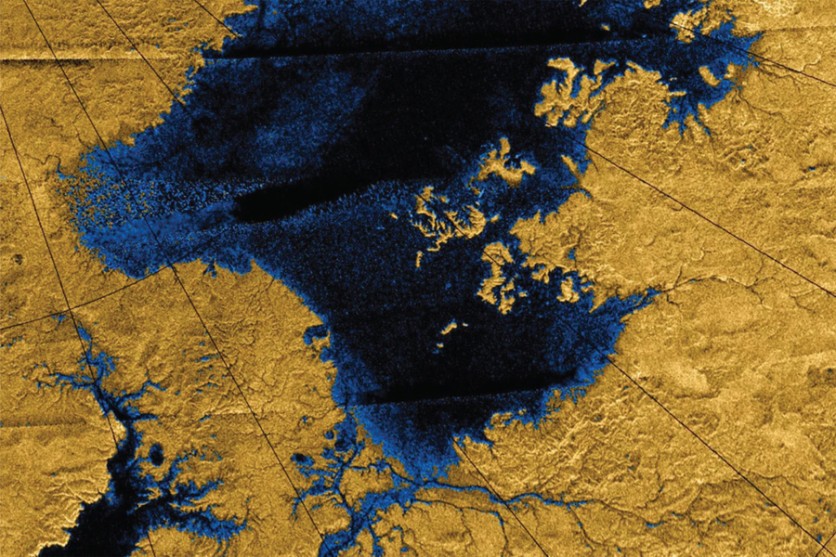A new study has introduced a novel way of investigating rivers from other planets and cosmic entities, with the Massachusetts Institute of Technology introducing its river flow analysis technique that surveyed Mars and the Saturn moon, Titan.
The team has discovered that both Solar System neighbors can harbor life in their rivers, with its remote study.
New River Flow Analysis Technique for Solar System Neighbors

According to MIT News, a recent study has introduced and used a new technique in surveying rivers beyond the Earth, and it mainly focused on Solar System neighbors who either have an existing one or an extinct.
The team has already published their study in the Proceedings of the National Academy of Sciences which detailed their recent findings. It found two rivers that fit the Earthly criteria, and this is with Mars' ancient rivers (now non-existent) and Saturn's massive moon, Titan.
It worked on the mathematical equation from co-author Gary Parker from his study back in 2000, one that describes the river flow here on the planet.
Their study took images from the NASA Cassini which surveyed these rivers from afar, comparing its data to the Earth, and found that it is comparable to delta estimates of the Mississippi's flow rate.
Mars' Extinct Rivers Possibly Hosted Life, Saturn's Titan Also
"What's exciting about Titan is that it's active. With this technique, we have a method to make real predictions for a place where we won't get more data for a long time," says Taylor Perron, the Cecil and Ida Green Professor in MIT's Department of Earth, Atmospheric and Planetary Sciences (EAPS).
The only concern with Saturn's moon is that it lacks deltas and it may be attributed to the different gravity on the Titan.
"And on Mars, it gives us a time machine, to take the rivers that are dead now and get a sense of what they were like when they were actively flowing," he added. Mars' dead rivers did not disappoint, as it was regarded that the Gale crater had water flowing in it at least 100,000 years ago, and at least 1 million years on the Jezero crater, deemed possible to have harbored life.
Studying Habitable Planets or Possible Life Hosts
Mars is one of the closest planets to the Earth, and it also presents possibilities that it can harbor life in the future, as it had done so in the past, as per the studies. While nothing is yet established, there is compelling evidence behind the habitability of the planet Mars, especially with its former water bodies, and elements on its surface.
There are also multiple claims and evidence behind the Jupiter moon, Europa, for its capabilities to harbor life, being one of the most regarded cosmic entities that can host multiple organisms.
Different studies have also looked into other moons of gas giants in the Solar System, centering on its dubbed "Strange Moon" Titan, as part of the probe in the galaxy.
While having humans live on a different cosmic location is not always the goal, these studies look to determine if there are places that can also harbor life apart from the home planet, Earth. With a remote river flow analysis technique from MIT, it is now possible to get an idea of it from afar, with Mars' old rivers having the potential, as well as Titan with the most significant.
Related Article : Martian Rivers? NASA's Perseverance May Have Found Evidence

ⓒ 2025 TECHTIMES.com All rights reserved. Do not reproduce without permission.




